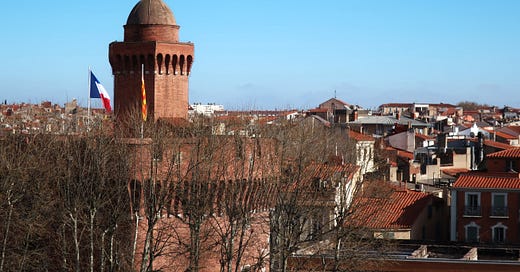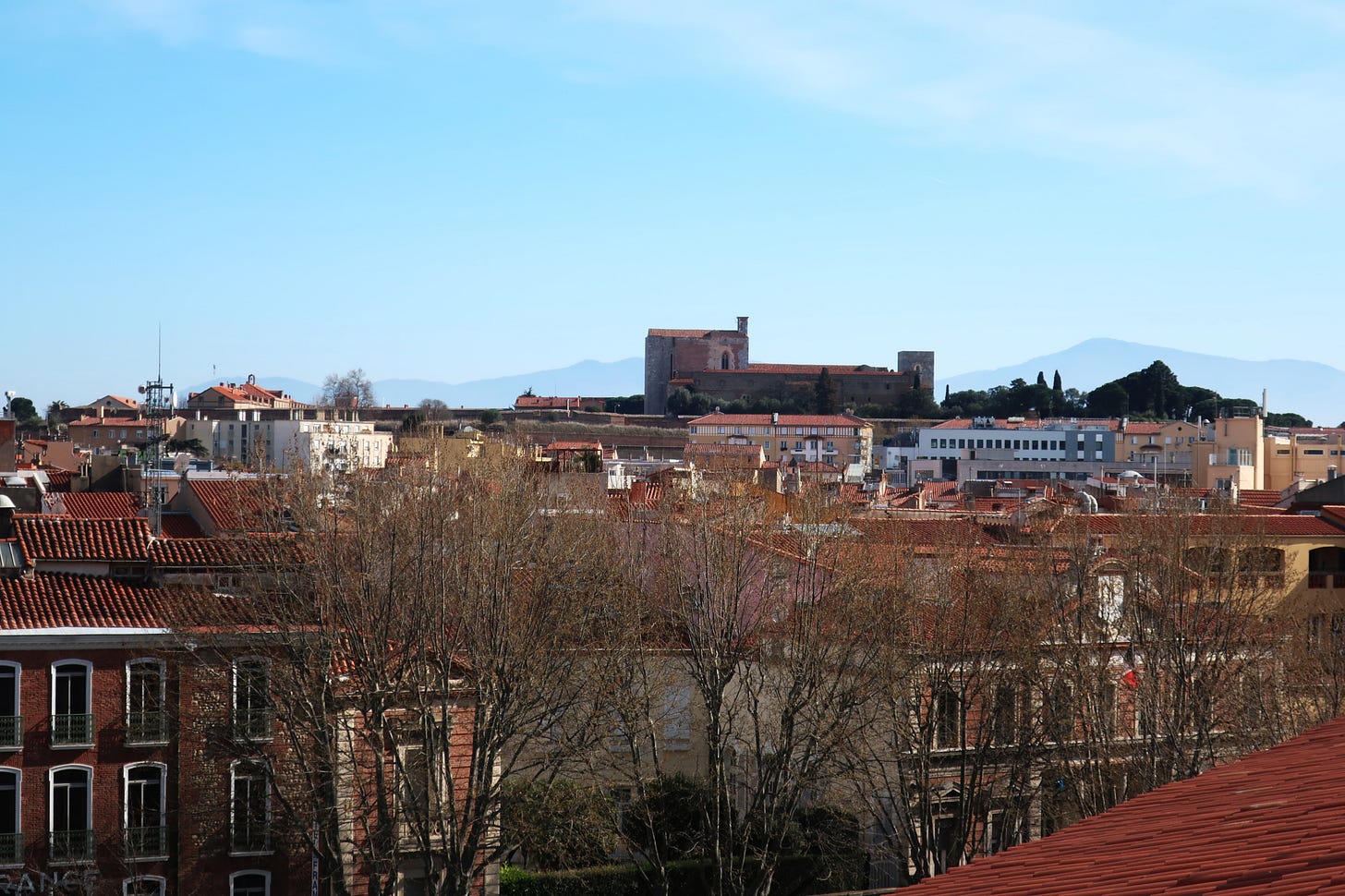Footnotes to a Conversation, March 27, 2023
“In consequence of inventing machines, men will be devoured by them.” – Jules Verne
A Pedestrian Lifestyle
I am so happy where I live in Victoria. I can walk to stores and bakeries, to a pharmacy, a medi-clinic, and a dentist’s. I’m close to restaurants and parks. I’m on a bus route and dedicated bike lanes. I still drive, but I certainly limit how often I use my car without feeling deprived. To me, this is an example of a 15-minute neighbourhood, and I’ve been struggling to understand why some people are fighting so hard against the concept. I am not denying that cars have their place. I certainly made more use of mine in the year before my first hip replacement. I also recognize that some people lead very busy lives with children and aging parents and a job. But I’m starting to realize that it’s not really the car that people refuse to give up. It’s what that car represents – freedom to go where you want when you want with no limitations on getting what you want.
I housesit in different countries with very varied shopping options. In one housesit, I may shop at an up-market Waitrose supermarket. In another, I’m reliant on a small corner store. I’ve learned to be adaptable. I cook and eat what is available. I apply the same principle when I’m at home to what I have on hand or can easily pick up locally. I don’t drive across town when I have a sudden urge for a particular brand of ice cream.
I learned to drive as a mature adult, so I’m not at ease behind the wheel, and the less I drive, the less I want to drive. But is that such a bad thing? I am very conscious that cars are dangerous (just look at the statistics) and polluting. So when I do use my car, I combine errands and am thoughtful about how often and how far I drive.
Using my car as little as possible is both an environmental and a lifestyle choice. To some people, it would feel constraining and a loss of freedom. That isn’t how it feels to me. Walking to the store is a chance to exercise in the fresh air, to spot orcas in the harbour, or the first magnolia flowers. When I do go to a different part of town, it’s a special occasion and I take advantage of different stores or activities in that area. For example, an unwelcome ophthalmologist’s appointment is rewarded by visits to Whole Foods and Indigo bookstore. I’m living at a slower pace with a greater ability to be mindful of my surroundings. I am privileged to be able to live this way, but I would also like to make other people aware that there are benefits to driving less.
Streets for People
I was in Perpignan this past week, and it wasn’t until I left that I realized I’d spent almost an entire day in a car-free zone. I only crossed one, possibly two, busy streets from the time I left the house to the time I got back.
The historic centre of Perpignan is pedestrianized, understandably as many of the streets are so narrow. The large plazas are dedicated to restaurants with outdoor seating, as is the wide walkway along the river. I had lunch and a morning break at outdoor tables that didn’t overlook cars or parking lots. I could wander from one side of the street to the other to window shop without looking first for cars that might be barreling down at me. It was quiet and I spotted a number of people using wheelchairs (no curbs). There were lots and lots of people shopping and enjoying the sun over a meal or a drink.
Don’t get me wrong. There are lots of car owners in Perpignan, and I was disappointed to discover that they’d changed the (well-utilized and almost free) inter-city bus route. It used to stop at Perpignan airport and a large hospital. It now stops at a complex of restaurants and big box stores. But the city centre certainly gave me a taste for what life could be like if we didn’t dedicate so much space (and money) to cars.
Time Slowed Down
Farah Yemeen remembers that in the 1990s in Ranchi, India, food vendors and small stores would sell you the amount of cereal or detergent you needed (or could afford), neatly wrapped in a paper cone. She believes it goes beyond simpler days and sustainable packaging as it represents “skill of labour born of the need to carry food home … allowing millions of Indian families to negotiate how they choose to purchase their food every day.” She goes on to say, “to Kamal Bhaiyya, to countless shop owners, and to me, the pudiya offered pause. It provided a sliver of time in which each package was rolled, allowing conversations to flow across the counter. Time slowed down for a moment, welcoming the calm of deliberate repetition. Among many things, the pudiya is a chronicler of how time works in the subcontinent – warping into stillness when the paper cone is being rolled and filled with food, and bursting into sudden speed when it is taken into the madness of the bazaar.” [Vittles]
Footnotes to a Conversation is a weekly Monday feature covering an assortment of topics that I’ve come across in the preceding week – books, art, travel, food, and whatever else strikes my fancy. I also post occasional articles on other dates, including frequent book reviews and travel tales.
If you share my love of nature, check out EcoFriendly West, an online publication encouraging environmental initiatives in Western Canada, and Nature Companion, a free nature app for Canada’s four western provinces.






